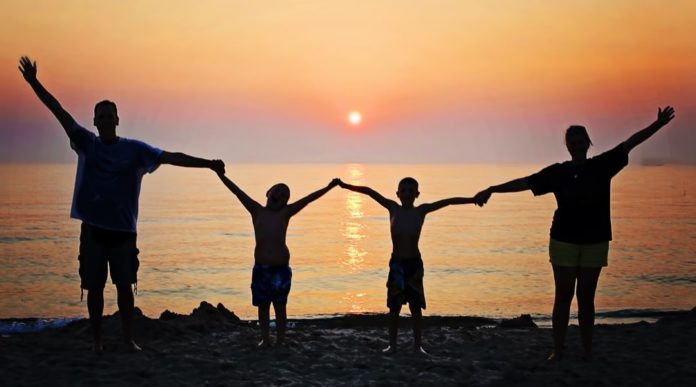April is National Child Abuse Prevention Month, which is an important time to raise awareness about child abuse and neglect and promote efforts to prevent them.
Understanding the Impact of Child Abuse
Nearly 600,000 victims of maltreatment were reported to the National Child Abuse and Neglect Data System (NCANDS) in 2021. This equates to a little more than 8.1 victims per 1,000 children in the U.S. population. 76% of these victims are neglected, 16% are physically abused, 10.1% are sexually abused, and 0.2% are sex trafficked. Moreover, NCANDS researchers estimated that 1,820 children died from abuse and neglect, which equates to 2.46 per 100,000 children in the U.S. population. Finally, it’s important to note that all the data in NCANDS was voluntarily reported. Therefore, all of NCANDS’s findings are underestimates of actual abuse and neglect rates in the U.S.
Types and Signs of Child Abuse:
Physical Abuse: Intentional bodily harm inflicted on a child or when a child is put at risk of physical injury. Some signs:
- Unexplained injuries
- Injuries that don’t match a child’s developmental ability
- Injuries that don’t match the explanation
Sexual Abuse: Any sexual activity with a child, exposing a child to sexual activity, asking a child to behave in a sexual manner, or sex trafficking. Some signs:
- Displaying sexual behavior or knowledge that’s inappropriate for the child’s age
- Pregnancy or STI
- Genital or anal pain
Emotional Abuse: Conveying to a child that they are unloved, worthless, or inadequate. Emotional abuse involves berating or belittling a child as well as isolating, rejecting, or ignoring the child. Some signs:
- Low self-esteem and self-confidence
- Delayed or inappropriate emotional development
- Depression
- Appearing withdrawn, anxious, or afraid
Neglect: Consistent failure to meet the physical and/or psychological needs of a child that leads to poor health, impaired development, or deprivation of education. Some signs:
- Medical or dental needs that are not met
- Poor growth
- Excessive weight with medical complications that are not attended to
- Poor hygiene
- Chronic absence from school
Learn more about the types and signs of child abuse and neglect from the Child Welfare Information Gateway.
Preventing Child Abuse
- Learn how to recognize the signs of child abuse and neglect. This is the first step in helping victims of child abuse and neglect.
- Report your concerns. When you report child abuse, be sure to provide a complete and honest account of what you observed and what led you to suspect child abuse. Contact the Los Angeles Department of Social Services (800.540.4000) or call 911 to report child abuse.
- Help vulnerable families. Children in families under stress may be at an increased risk of abuse and neglect. Volunteer your time to these families by offering to babysit, help with chores, carpool, or offer suggestions for community resources.
- Become active in your community. Help organizations in your community that serve children and families like schools, faith-based organizations, social service agencies, etc.
Get help if you’re worried that you might abuse your child. If you’re a parent going through a hard time, it can be difficult to have enough bandwidth to tend to your child’s needs. Seek help from a therapist or support group to promote your wellbeing so that you can help your child thrive. Additionally, the Childhelp National Child Abuse Hotline (1.800.4.A.CHILD or 1.800.422.4453) provides crisis intervention as well as information and referrals to community resources.















.png)







